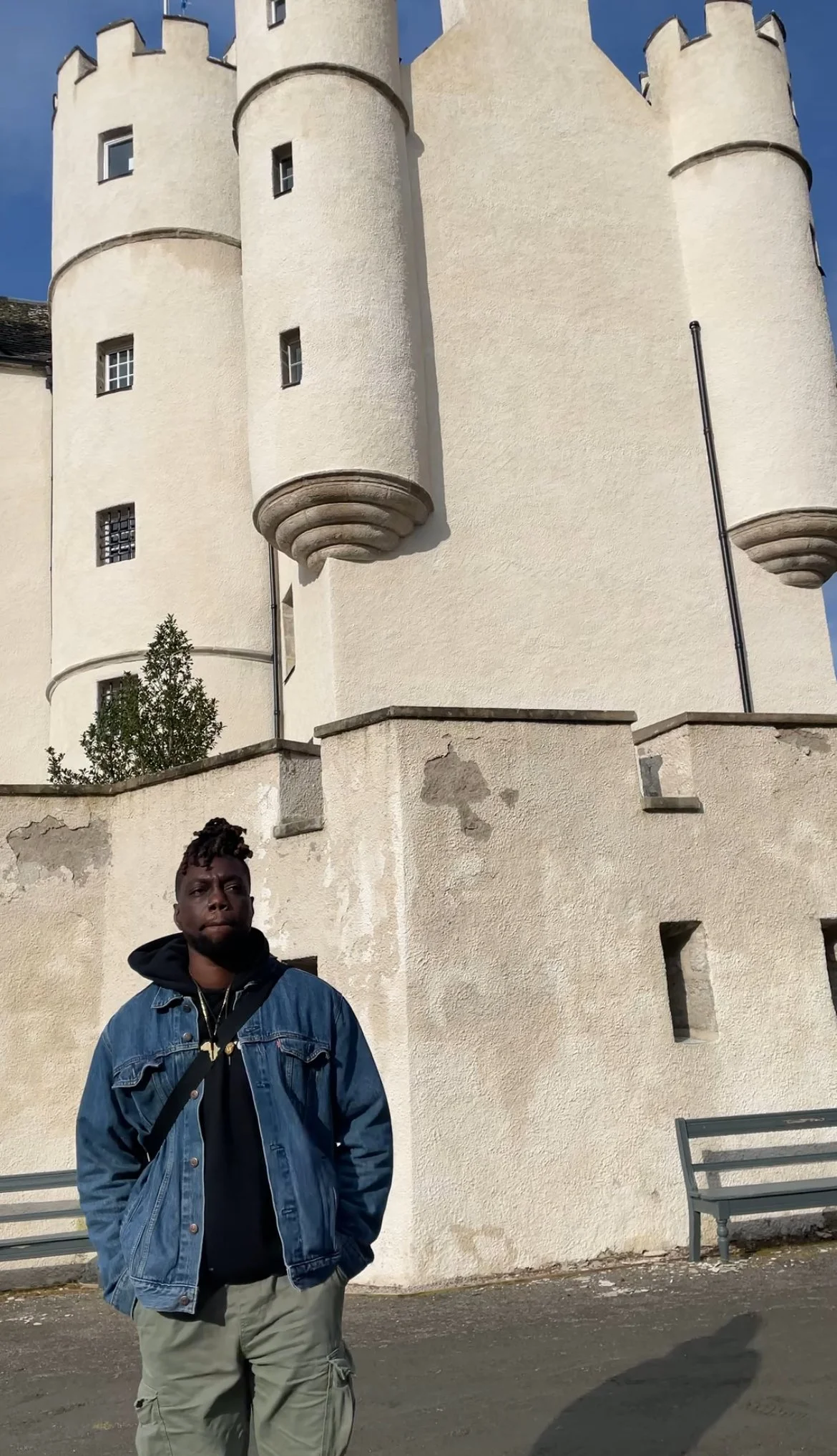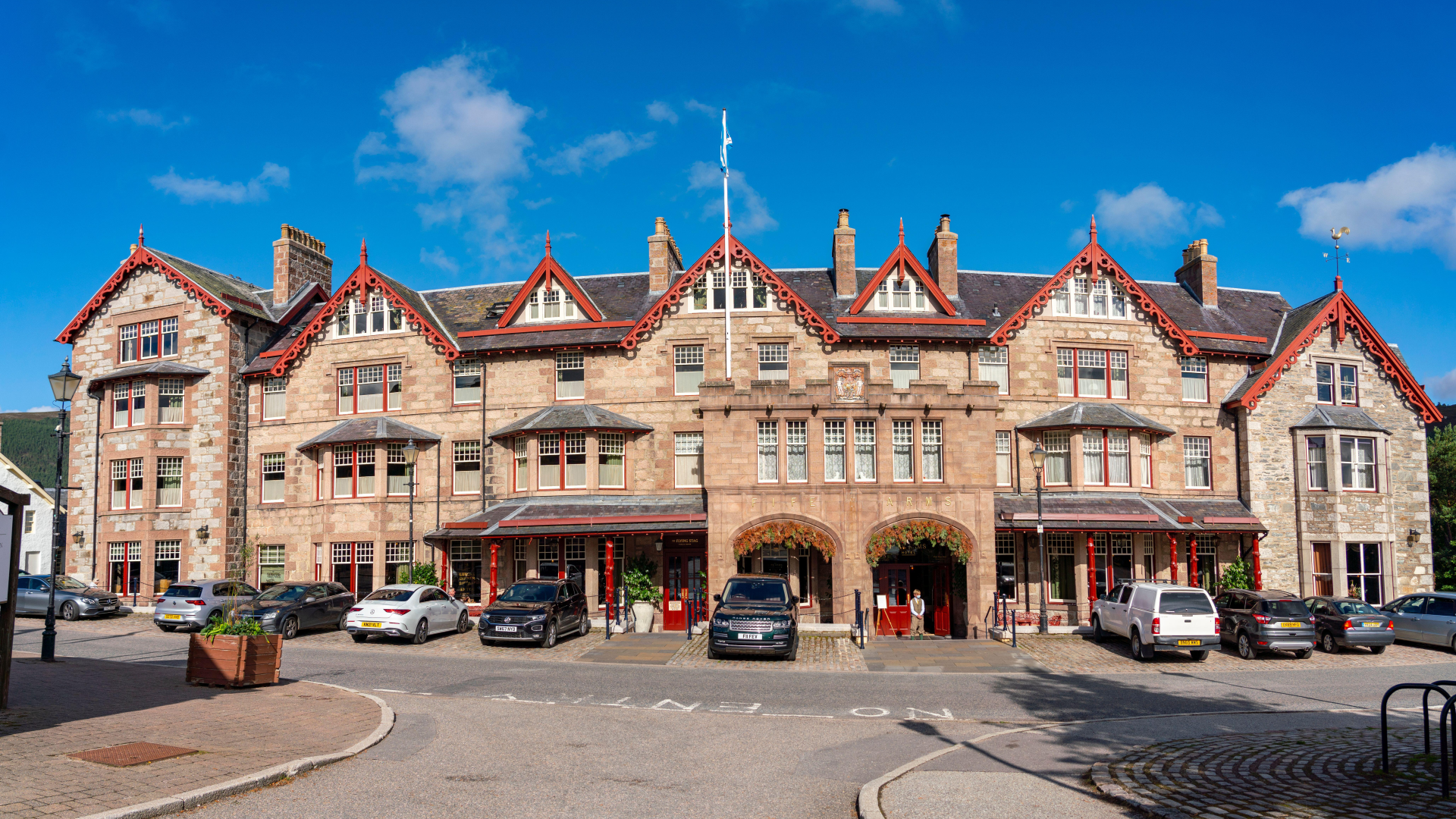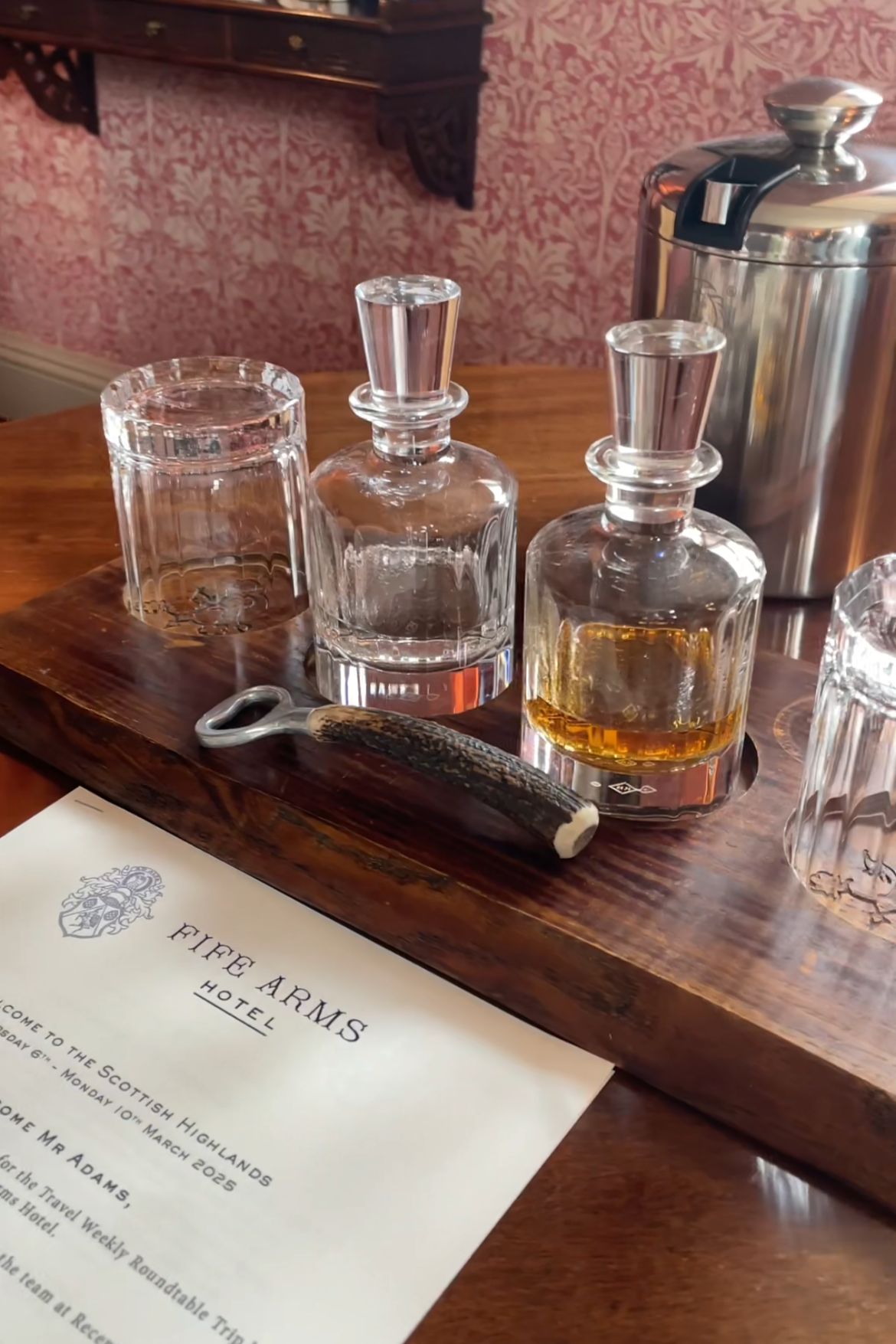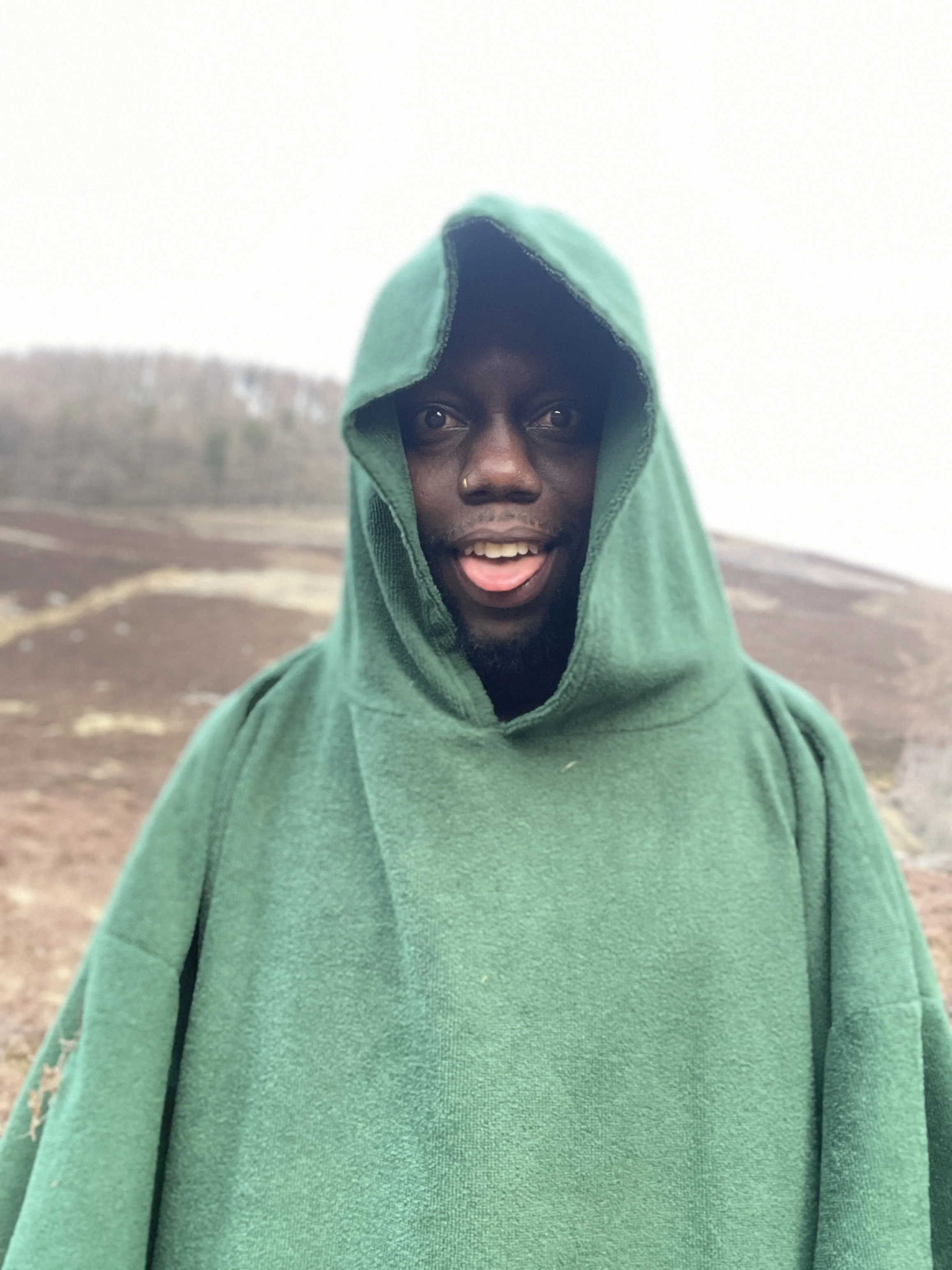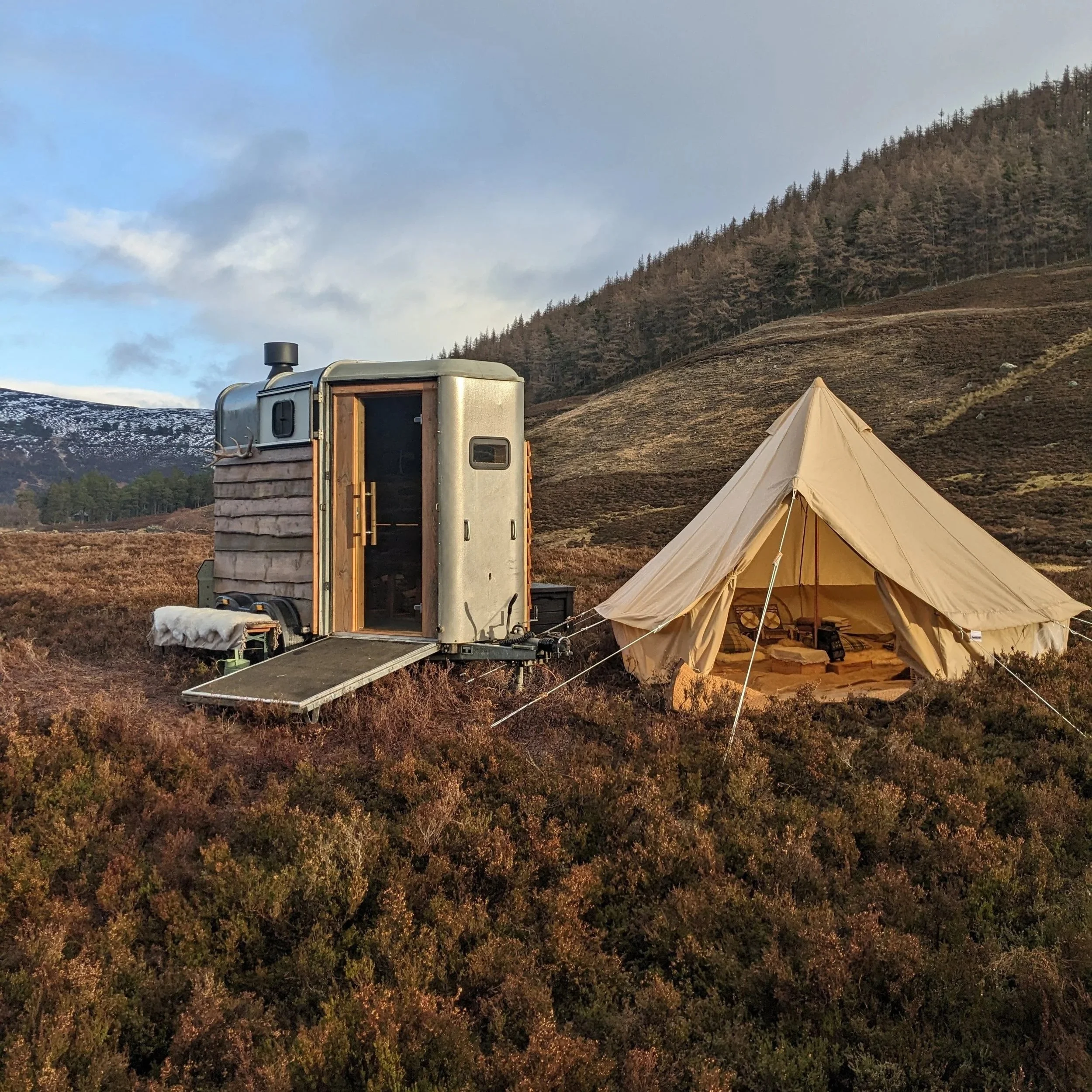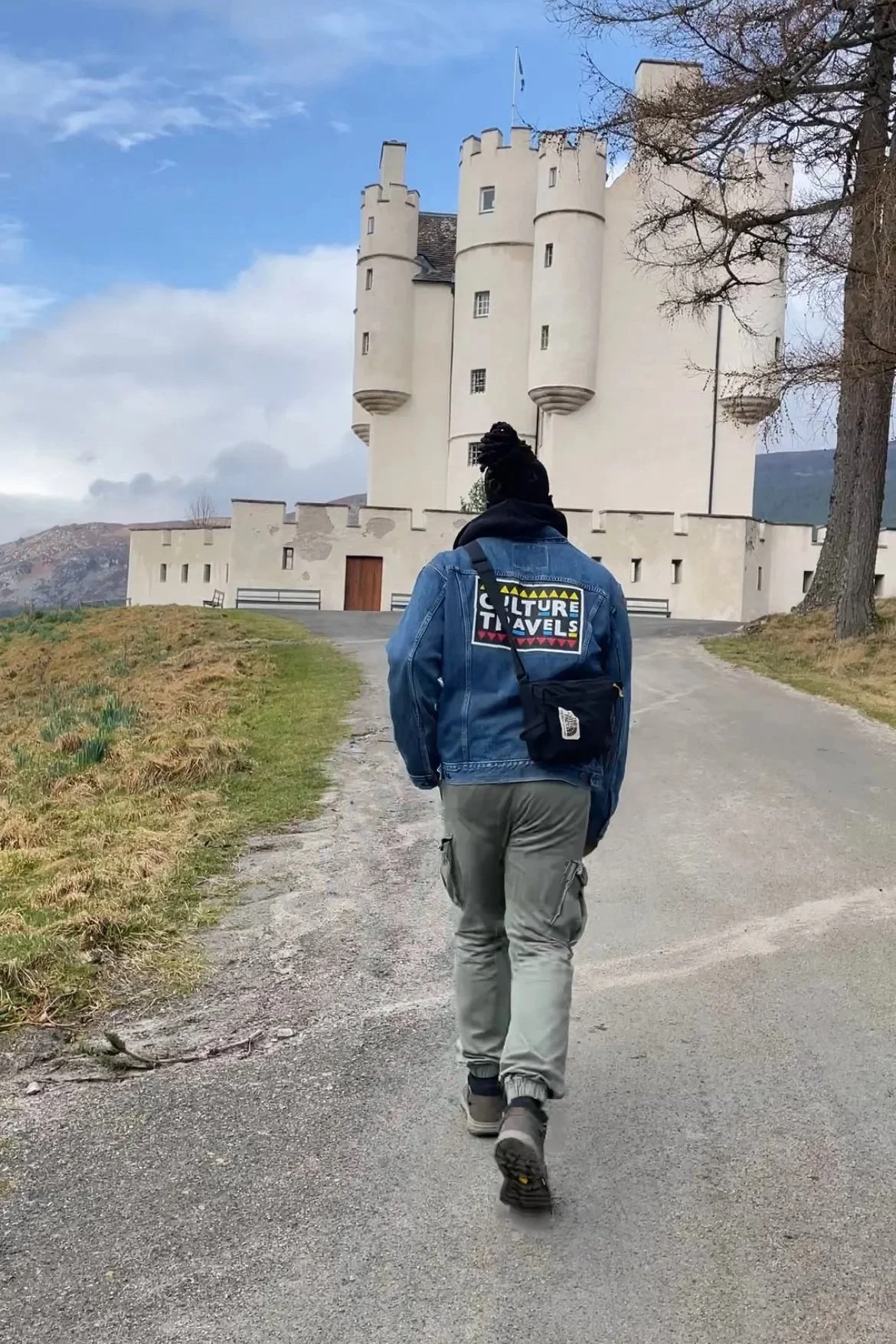Less Than 1,000 People, Celebrities Love This Town
By Leroy Adams
BRAEMAR, SCOTLAND
When I first arrived in Braemar, the stillness of the Scottish Highlands wrapped itself around me. The crisp mountain air carried the sound of a nearby waterfall, while the charm of a village of just 800 people made me feel both small and inspired. This trip would be more than a getaway. It would be a creative retreat, a rare blend of luxury, history, and solitude. And I wasn’t the only one who thought so. Just a week before my arrival, Margot Robbie had made her own visit, a reminder that even Hollywood’s brightest stars seek out the quiet magic of Braemar.
FIFE ARMS
Braemar is a postcard-perfect village in Aberdeenshire, Scotland, best known for its proximity to Balmoral Castle—Queen Victoria’s famed 1852 purchase that transformed the Highlands into a tourist magnet. Today, this tiny town of just 800 residents has found new life as a cultural destination, thanks in large part to the Fife Arms, a luxury art hotel that has become a magnet for celebrities. Dame Judi Dench, Rita Ora, James Nesbitt, John Bishop, and Alexa Chung have all stayed here—some even ringing in the New Year within its storied walls. Will Ferrell, for his part, was spotted enjoying a tour of the nearby Braemar Castle before retreating to the hotel.
I traveled to Braemar for an Editor’s Roundtable courtesy of Travel Weekly and to rest and recharge before my wedding. For one week, I found myself surrounded by original Picasso’s, Scottish literature, and the raw beauty of Scotland’s highlands. Between the Fife Arms’ Picasso-lined walls and the quiet drama of the surrounding mountains, it was easy to see why this hidden gem has captured the attention of both royalty and Hollywood alike.
QUEEN VICTORIA SPARKS TOURISM
Long before celebrities and luxury hotels arrived, Braemar was a strategic site in Scottish history. The nearby Braemar Castle, used as a military garrison in the 1700s, is one of more than 300 castles scattered across the region. The cultural identity of Braemar has been shaped by royalty, with Queen Victoria’s love of the Highlands sparking a tourism wave that continues today. That heritage lives on in the town’s architecture, traditions, and the sense of quiet grandeur that permeates the village.
MY FAVORITE EXPERIENCES
Living Art at the Fife Arms
I’ll never forget working on my laptop beneath an original Picasso at The Fife Arms, a hotel that feels less like a property and more like a living gallery, with more than 16,000 pieces of art scattered across its rooms and corridors. My stay in the Scottish Culture Rooms felt like stepping back into another era—something between a Highland estate and, strangely enough, a set from Titanic.
Everything around me looked antique, delicate, almost too fine for clumsy Leroy to be trusted with. Old portraits of white Scottish literary figures stared down from gilded frames. Lamps draped in elegant fabric cast soft golden light across a well-manicured wooden bed dressed in sheets patterned like tartan kilts. The bathroom was a porcelain dream: a deep tub big enough for two, a toilet with a dangling pull chain I’d never seen before, and a sink so pristine it gleamed against the white tiles. The faint scent of lemongrass floated in the air, as if the room itself was trying to soothe me into stillness.
It was immersive and, with my imagination, theatrical like I had stumbled into the room with Jack and Rose, only to disrupt their romance as I marveled at the old expensive things around them. Only for them to question how I got on the ship in the first place. I mean, I didn’t see any Black people in that movie. Did you?
A Toast to Local Spirits
In my moment of feeling like one of those Colonel-Sanders-mustache-wearing aristocrats, I couldn’t help but sniff, then sip—pinky raised—after pouring myself a glass of Scotch (first) and gin (second) from the bottles waiting in my room courtesy of the hotel. My first thought was: Rich people still get free stuff? But setting that aside, the hospitality of The Fife Arms was on full display.
Alongside the spirits sat two books on Scottish history and a handwritten welcome card, the kind of personal touch that makes you pause and smile. Before I left, the staff gifted me a bottle of Scotch tucked inside a flask wrapped in hand-stitched kilt fabric—a keepsake as thoughtful as it was stylish. Every detail of my stay carried this same level of anticipation, down to something as simple as finding a glass of water waiting at my bedside each night.
One evening, after joining a community ceilidh (yes, I stumbled through the Scottish dancing, but the band forgave me), I ended up at a local bar with members of the hotel staff. Over rounds of pints, each of them spoke about how much they loved Braemar—the solitude, the scenery, the community. For them, working at The Fife Arms was a way to extend that same connection and sense of belonging to every guest who walked through its doors.
Wild Swimming & Sauna in Nature
Yes, Black people can swim—and no, we don’t like swimming in cold water. At least I don’t. Yet, there I was in Braemar, seeking a recharge and relying on the frigid waters of the Linn of Quoich to deliver it. After sitting in a hand-built wooden sauna, sweat pouring down my body like a scene from Creed, I followed the other editors outside, all of us psyching ourselves up to plunge into the icy stream with promises of a “releasing experience.”
I slid into the water, my body curled up like a question mark, and what followed were the longest two minutes of my life. Sprinting out, gasping, I could only think of one thing: Jack, deserved better.
A Castle Before My Eyes
Ever since I saw the castles in Ethiopia, I’ll admit I’ve been a little harder to impress with the European versions. Nevertheless, a castle is still a castle, and Braemar doesn’t disappoint. One of the best parts of staying at The Fife Arms—and in Braemar in general—was how walkable everything is. One quiet morning, I wandered to Braemar Castle, its stone walls towering before me like a relic pulled straight from a storybook. Originally built as a hunting lodge, it later served as a military garrison in the 1700s. Standing before it, a representation of a loud and violent history in a town where peace and quiet now reign.
CELEBRITY OR NOT, YOU SHOULD VISIT
I think everyone should experience Braemar and The Fife Arms at least once. Over a glass of Braemar Pale, I asked the locals how they felt about more tourists discovering their quiet haven, and whether it risked losing its sense of peace. Their response sounded like destination stewardship in its purest form: “We’re ok with it because we know what true Braemar is, and we want to protect that. The slow life is why people visit, and we want that to be their experience when they come.”
And they’re right—you don’t have to be Rita Ora to enjoy it. While The Fife Arms draws the spotlight, there are plenty of affordable hotels around for travelers seeking a different pace.
Traveling to Braemar reminded me that luxury isn’t always found in big cities or opulent resorts. Sometimes, it’s tucked inside a quiet village where art, history, and nature converge. I left feeling inspired and deeply rested, certain that Braemar is the kind of place I’d recommend to travelers who crave both creative spark and the restorative peace of the Scottish Highlands.
Travel Tips & Recommendations
Best time to visit: Summer for hiking, or winter for cozy Highland charm.
Where to stay: The Fife Arms (for art lovers) or Invercauld Arms Hotel (for a more boutique, contemporary stay).
Where to eat: The Flying Stag for pub classics, or The Bothy for hearty Highland fare.
How to get around: Rent a car; the freedom is worth it for castle-hopping and hiking trails.
Insider tip: Pack for all weather—the Highlands shift from sun to mist to rain within minutes.


